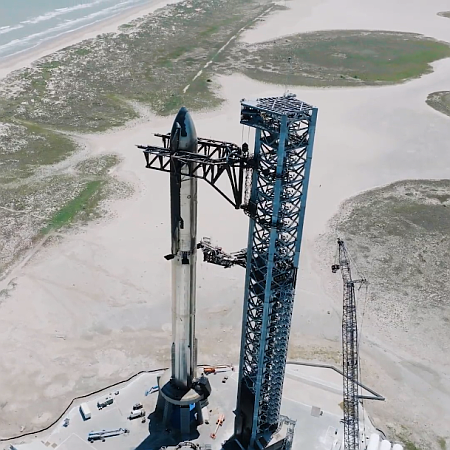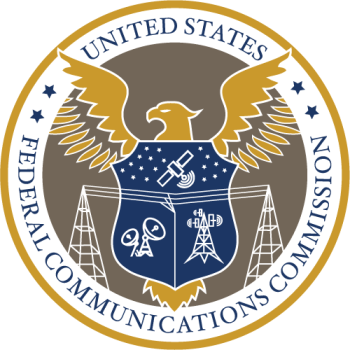Even as the FAA continues to block Varda from returning its capsule back to Earth, the Air Force has now joined in to block its landing at its Utah Test and Training Range, the same location NASA will use on September 24 to drop the return capsule from OSIRIS-REx, carrying material from an asteroid.
Varda originally planned to bring back a capsule containing crystals of ritonavir, a drug used to treat HIV, in mid-July. After announcing that had been delayed [due to the FAA’s refusal to issue a landing license in July], the company was looking at September 5 and 7, a source told TechCrunch. This information was confirmed by USAF.
The company declined to comment, but posted on X that the “spacecraft is healthy across all systems” and that they are continuing to collaborate with regulators to bring the capsule back to Earth. They added that the spacecraft can survive for up to a year on-orbit.
“Sept. 5 and 7 were their primary targets,” a spokesperson for the USAF said in an emailed statement. “The request to use the Utah Test and Training Range for the landing location was not granted at this time due to the overall safety, risk and impact analysis. In a separate process, the FAA has not granted a reentry license. All organizations continue working to explore recovery options.”
The spokesperson further said that Varda “is working on presenting alternate plans,” but would not elaborate further whether that meant seeking an alternate landing site. A spokesperson for the FAA told TechCrunch that Varda’s application was denied on September 6 because the company “did not demonstrate compliance with the regulatory requirements.”
“On September 8, Varda formally requested that the FAA reconsider its decision. The request for reconsideration is pending,” the spokesperson said.
The actions of these agencies is unconscionable and a outright abuse of power. There is no rational reason for the FAA to continue to deny Varda the right to bring its capsule back to Earth. Its claims of environmental impact are bogus, especially since capsules and spacecraft have been returning to Earth like this for more than three-quarters of a century. Nor is there any reason for the Air Force to have blocked the return now. Its claim of issues of “safety, risk, and impact” is utter garbage, especially since it is allowing a NASA capsule to land in this exact same facility in only days, and that capsule is carrying material from an asteroid.
One might question why Varda apparently flew its capsule prior to getting these landing approvals, but it did exactly the right thing, for two reasons. First, if it waited for approvals before flying, it would have no leverage on these power-hungry federal agencies and it likely would still be on the ground, going bankrupt (think of Virgin Orbit in the United Kingdom). This by the way is the same tactic used by SpaceX. You don’t wait on them, you put them under the gun by moving forward as fast as possible.
Second, this situation helps highlight the power grab by these agencies. While the FAA has some concerns relating to conflicts with airplane traffic, that should simply be a matter of coordination and involve no great delay. Similarly, landing on an Air Force base is merely scheduling. Since when did government agencies have the power to block a landing beyond those points? They don’t, not legally, morally, or practically.
Though I am sure most workers at the FAA and Air Force are likely trying to do their best to help
Varda, the structure of such regulatory agencies always encourages the power-hungry to grab power. The result has been endless mission creep, to the point where today no space activity can happen without some government agency sticking its nose in to demand control.





